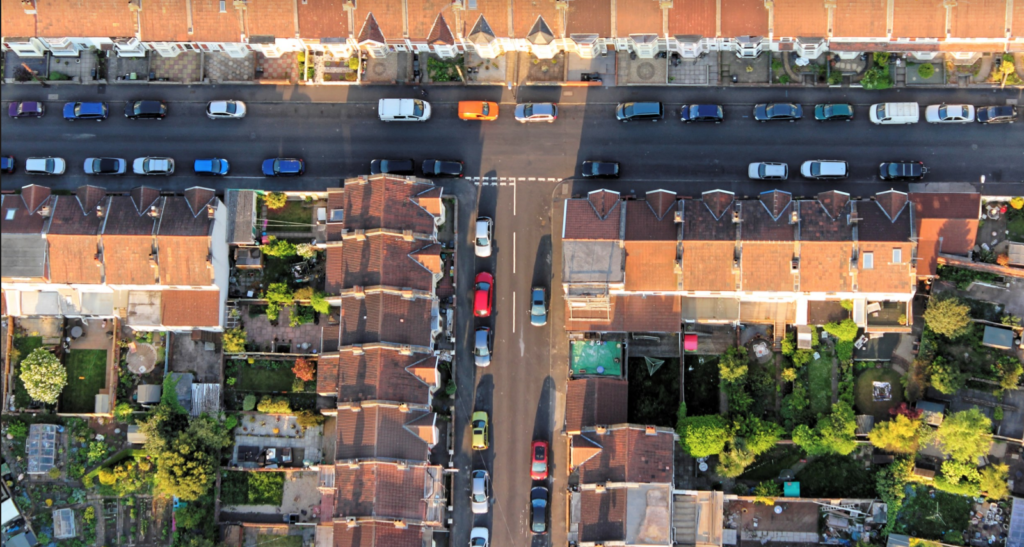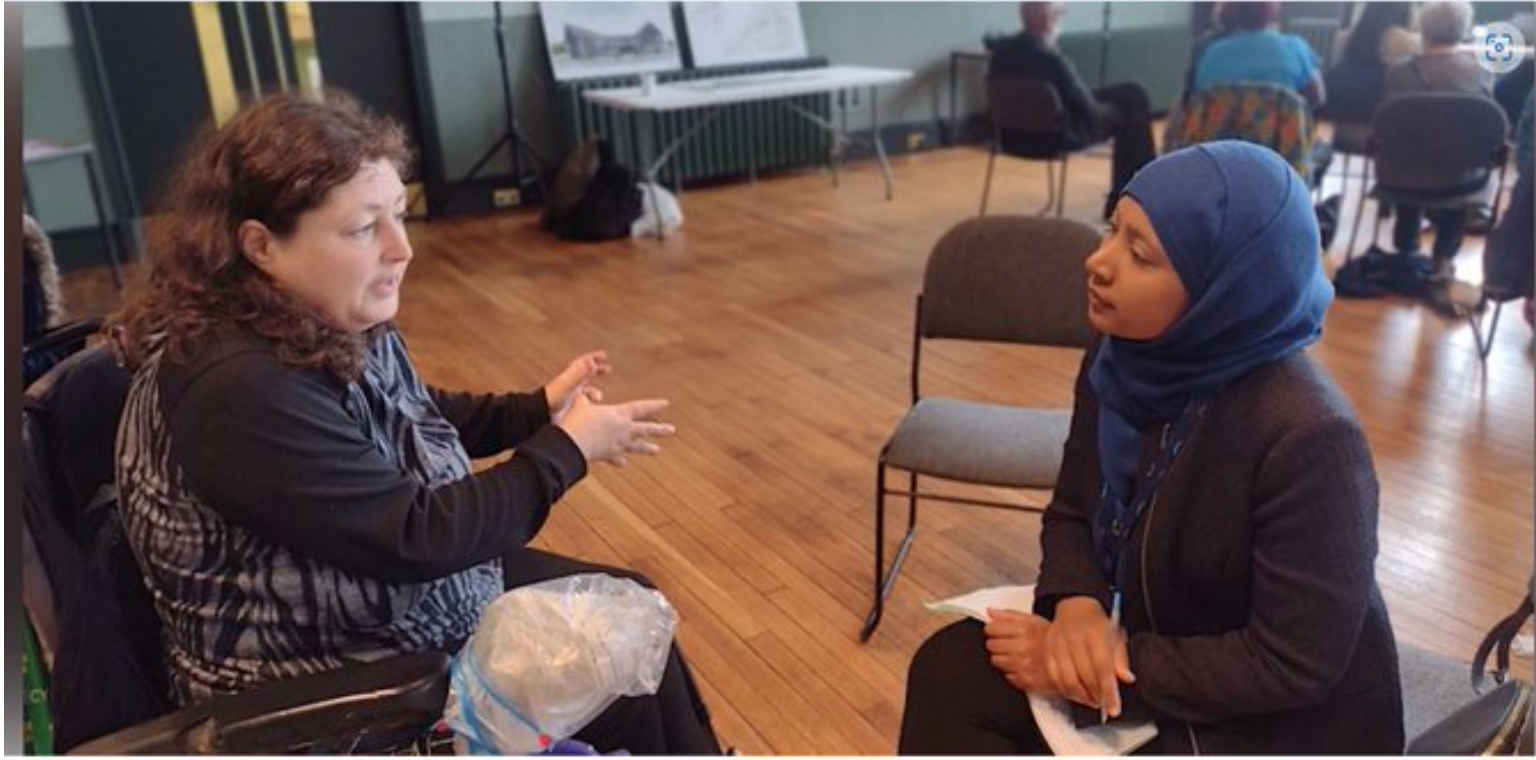By Dillon Newton, Philip Brown, Leanne Monchuck Rachel Armitage
Fifty years ago housing in the UK was fairly decent. Renewal initiatives had tackled some of the worst urban housing conditions and the need for secure, affordable homes was met by newly-built social housing and relatively low barriers to home-ownership. However, in present-day, housing in the UK is widely considered to be in crisis. Underinvestment in social housing, a miss-match between supply and demand, increased financialisation and the growth of the private rented sector have created a dysfunctional system that is affecting individuals across age, regional and class divides. The National Housing Federation estimate that nearly 8 million people in England are living in some form of poor-quality, unaffordable or insecure housing, and that nearly a third (31%) of adults in the UK have experienced mental or physical health problems because of the condition of their housing during lockdown. Whilst homes have provided an important place of refuge and safety for many throughout the pandemic, inadequate and insecure housing because of the wider housing crisis has made lockdown unbearable for others.
A report from the University of Huddersfield provides insights into how people coped with poor housing conditions during the first national lockdown. We spoke to fifty households in the north of England between May and July 2020, as well as eight housing professionals who worked for local authorities, third sector organisations and a tenants union. Whilst poor quality housing in the UK is a national problem, the situation in the north of England is particularly severe. The Smith Institute estimate around 354,000 private rented properties and a million owner-occupied homes in the north fall below the Decent Homes Standard (a government measure in the social rented sector that aims to ensure housing meets set standards of decency). This is due to a concentration of older, colder and damper housing in the north, an issue made worse by almost half containing someone over 60 or someone with a long-term health condition.
The stories in our report are stark and unsettling. Two months after the UK government had instructed people to ‘stay at home’ to curtail the spread of COVID-19, the residents we interviewed were routinely accounting how the state of their homes were causing increased physical and mental ill-health. Many discussed feeling overwhelmed in small or overcrowded properties, an issue particularly acute for people who were high-risk and ‘shielding’, and for people without access to outdoor space and who were forced to endure record summer temperatures in properties prone to overheating. People in privately rented properties, in particular, felt increasingly insecure in their tenancies in a wider context of sudden drops in income and unexpected job losses. The majority of renters we spoke to described how existing housing conditions had ultimately worsened, with many households suspecting that landlords were using lockdown as an excuse to delay or indefinitely postpone repair works, even though repairs were permitted at the time the study was conducted. Others reported that their landlords had refused to arrange repairs, and people told us about leaking roofs and guttering, and about how water coming into their housing had created internal damage, damp and mould that was linked to the development of chesty coughs that were of greater concern in light of COVID-19. Our findings showed that people were not reporting or following up complaints with landlords, due to a fear of possible revenge evictions or rent increases which they could not afford. Many respondents explained how their homes were now costing more to run and maintain, with many putting paying for housing costs ahead of food and other outgoings. For many respondents, lack of control over rent, mortgage payments, energy costs and other outgoings was linked to a growth or a resurgence of stress, anxiety and depression.
Research has shown those most at risk of experiencing the worst impacts of the pandemic are people who are already vulnerable: those receiving benefits, living with long-term health conditions, in precarious employment or living in insecure or poor housing. However, what was particularly striking from our research was how many respondents were not from low-income groups and had no previous experience of the welfare system. Many were working full-time and in professional or otherwise well-paid occupations, yet were experiencing mental or physical ill-health during lockdown because of the condition of their home. In this respect the pandemic has accelerated the effects of the housing crisis and its impact on a wider range of individuals, highlighting the need for concentrated initiatives to tackle the root causes of the crisis that can materialise as people living in non-decent, poor housing conditions.
At the launch of the report in October, we called for urgent action this winter to mitigate the dire impacts of poor housing, insecurity of tenure, precarious employment and retracting state support. We disseminated our research widely, and we lobbied for change at the All Party Parliamentary Group for Housing in the North. We called for expanded support for low-income homeowners through allowing greater access to schemes that improve properties such as the Green Homes Grant. However, the majority of respondents we interviewed were private renters, and upon the announcement of a second lockdown in England at the end of November, we reflected on the situations they would face after being instructed to stay at home in cold, dark and damp conditions.
The number of privately rented homes has doubled in the last decade, with the private rented sector now accommodating around 4.5 million households. This figure is likely to increase as fewer people are able to purchase a property and social housing remains stagnant. To decrease dependence on private rented housing need in the longer-term, it is considered necessary to build more social homes, ensure rent prices are lower and house prices are affordable. In the shorter term, whilst recent government approaches to tackling poor conditions for renters have focussed on the activities of ‘rogue landlords’, our research brings to light how the sector now provides long-term but largely unsuitable housing. The misery of lockdown for the renters we interviewed reaffirmed calls for greater regulation of privately rented housing, perhaps in the style of the socially-rented sector’s Decent Homes Standard. In the social rented sector, the Standard aims to provide for tenants a minimum baseline of quality based on health and safety ratings, a reasonable state of repairs, modern facilities and services and sufficient levels of thermal comfort. The Standard also puts responsibility on local authorities and housing associations to cooperate and work with tenants to address poor housing conditions. A comparable standard for private renters might begin to stem the tide against insecure and non-decent housing situations, ensure housing provides a safe, secure and emotionally-nourishing settings that might otherwise be thought as ‘home’.
14 January 2021





